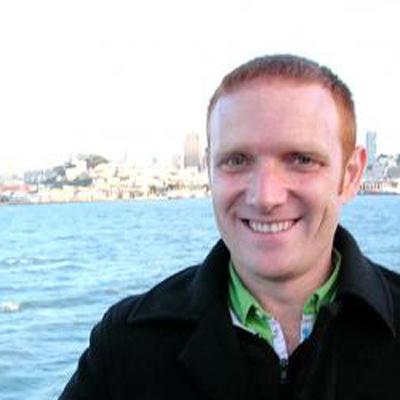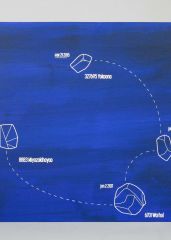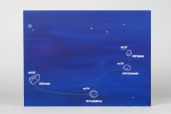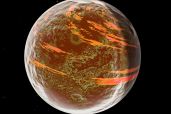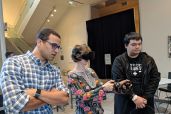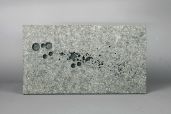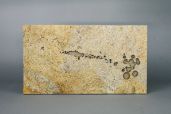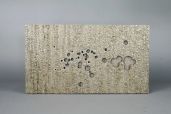AIR Alum
-Scott is cross-disciplinary artist who writes algorithms that transform various datasets into 3D sculptures and installations. His work seeks to uncover complex patterns of natural phenomena for a non-science audience often through direct interaction. His work has been exhibited internationally at venues including the New York Hall of Science, Transmediale, the Venice Biennale, the Vancouver Art Gallery, and the San Jose Museum of Art
Image Gallery
Science Collaborator
Michael Busch

I received my BS in physics and astronomy at the University of Minnesota in 2005. I went to Caltech for grad school, where I had the fortune to be advised by the late Steve Ostro and by Shri Kulkarni, and to have a graduate fellowship through the Hertz Foundation. I completed my PhD in planetar
I primarily study near-Earth asteroids, using radio and radar techniques. I have particular interests in the shapes, spin states, internal structures, and histories of individual objects - especially spacecraft mission targets and potential Earth impactors.
Peter Jenniskens

If you ever spend a night under the stars watching for meteors and saw something unusual, you may want to meet astronomer Dr. Peter Jenniskens.
Franck Marchis

Dr. Franck Marchis is a senior planetary astronomer and chair of the exoplanet group at the Carl Sagan Center of the SETI Institute and Chief Scientific Officer and Founder at Unistellar.
Work
While I was an artist-in-residence at the SETI Institute, I created three distinct bodies of work, all of which involved using data from collaborating scientists and making physical objects or interactive experiences for art museums and galleries.
Strewn Fields is a data-visualization of meteorite impact data etched into stone. Using data from four different locations on the Earth, my custom algorithms created files specific for a high-pressure waterjet cutting machine. I used this digital fabrication tool to mar the stone in a reflection of kinetic energy transposed into physical objects.
Celebrity Asteroid Journeys uses asteroid orbital data and estimates of spaceship velocities to chart journeys between such named asteroids, spawning a imaginary travelogues. Taking the form of 2D silkscreens, viewers can trace a future journey that they can only access through the imagination as the technology for these voyages are currently impossible.
Exotopia is a virtual reality installation where visitors can explore all the known exoplanets — thousands that have been discovered in the last 20 years. Exotopia generates a universe of extra-solar worlds based on mass, proximity to their sun, orbital path and their habitability index. They range from surreal to mundane with colorful atmospheres and clouds. Visitors to this installation can “fly” to these worlds and explore how the planets might look – from planets containing with algae-filled oceans, rocky formations, toxic clouds, icy crusts, and more. The VR experience acts as a map to future exploration of the galaxy.

